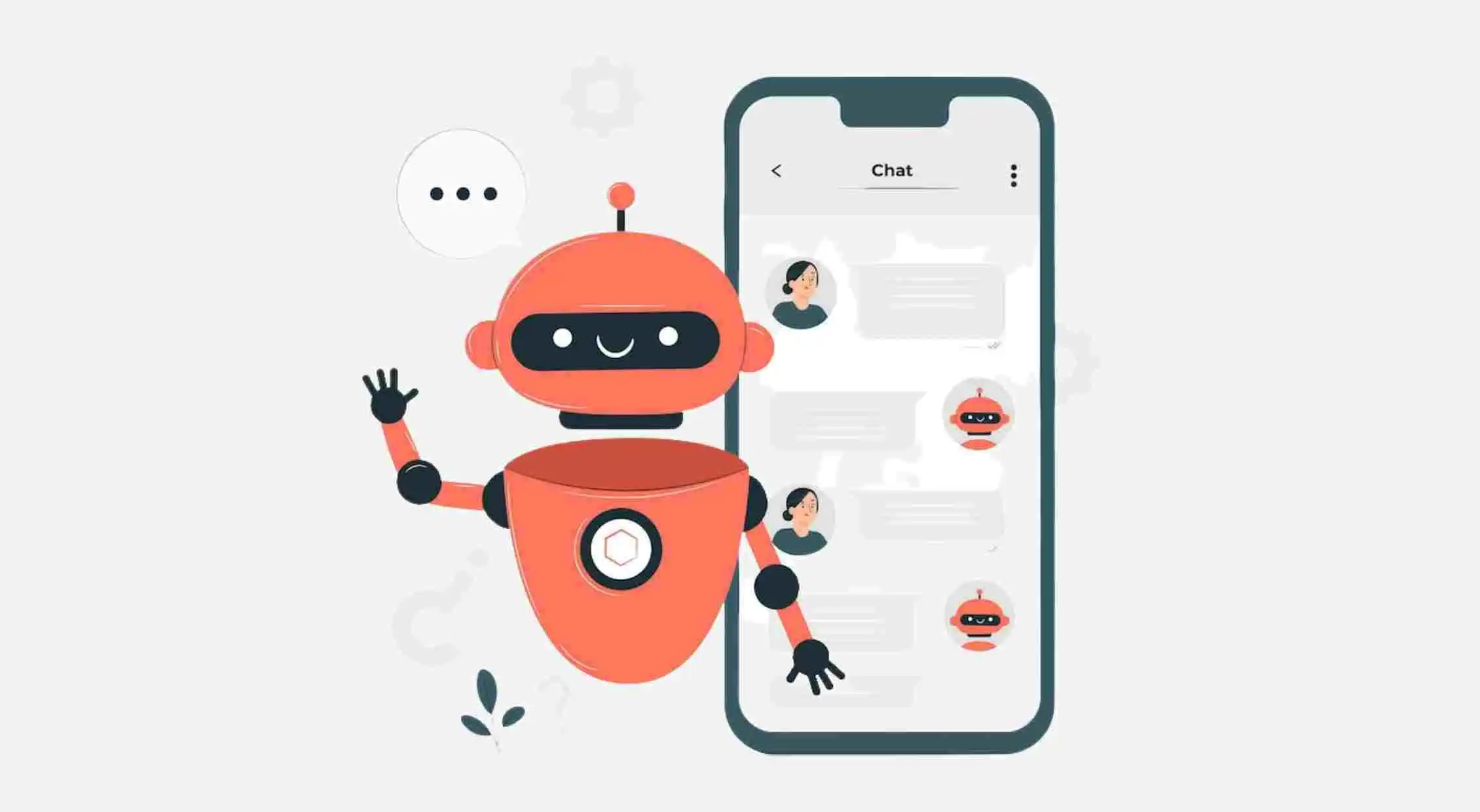Screening new leads with ChatGPT using OpenAI
Having a vast customer database, our client faces many challenges regularly. Their contact agents receive numerous daily messages, which takes time to manage.
EVOLVE YOUR APPLICATIONS
Connect all your business apps with one central unit to establish seamless flow of data and communication.
A system integration connects all the enterprise applications to provide a path for the customer data to flow. It is required for both B2B communications as well as internal cooperation in an enterprise.
A growing company or an enterprise has different sub-systems across each and different department. Only once the various systems connect the insights and can be extracted. Hence, the objective is to create a single system capable of performing all the actions within an organization.
The roadblock in most digital transformation projects is that most companies have a legacy system. Such systems run on their on-premise servers. They are extremely critical to the functioning of the organization and cannot be simply replaced with modern IT solutions. So, that’s where system integration comes in as a solution. But, integrating legacy systems is a little tricky as they lack the capacity for ready-made interfacing.

Leverage our expertise to seamlessly connect your systems, enhancing efficiency and driving growth.
Goal: Integrating Modern Apps Into Outdated Systems
One of the most difficult system integrations involves a legacy system that is generally outdated but handles most of the critical functions of the organization. Since it is critical to the daily functioning of the company it cannot be changed or replaced with any other technology. So, such systems are generally integrated by establishing communication channels with new-age info systems and innovative technological solutions.
Example: Connecting A Data Warehouse To A Legacy CRM System To Perform Analytics.
Goal: Unifying All Business Applications Inside One Enterprise System
The problem with enterprise systems is the segmentation of front, mid and back offices. These are separate systems with multiple applications that share no points of convergence. Huge volumes of data are accumulated separately in these offices. The solution is to enable the flow of data and documents across these offices using one single ecosystem. So, the end goal is one automated business chain with real-time data exchange between applications.
Example: Integrating ERP and CRM systems of a company.
Goal: Expanding Functionality Of An Existing System
This is the most popular form of integration since all the B2B Software As A Service companies use this method to integrate their products with the client systems. Using APIs, it becomes easy to add new functionality without disrupting anything in the active system. Also, it is better to use API-based software subscriptions that are more affordable.
Example: Integrating payment systems with existing applications
Goal: Efficient Collaboration Between Companies
There are times when two businesses with different systems need to connect to enable the flow of information. The objective is to create a more efficient process for cooperation with suppliers, customers, and partners. It allows for joining fragmented pieces together and building a network of business systems.
Example: Connecting a supplier’s ERP system to a retailer’s purchasing system
Discover how our tailored solutions can enhance your business efficiency.

Having a vast customer database, our client faces many challenges regularly. Their contact agents receive numerous daily messages, which takes time to manage.

We developed an automation plugin for Microsoft Forms inside SugarCRM to automate customer surveys and reduce manual workflow process for our tax service client.

The objective of CRM customization was to create an end-to-end CRM tool that performs all the functions for the front, middle, and back-office.